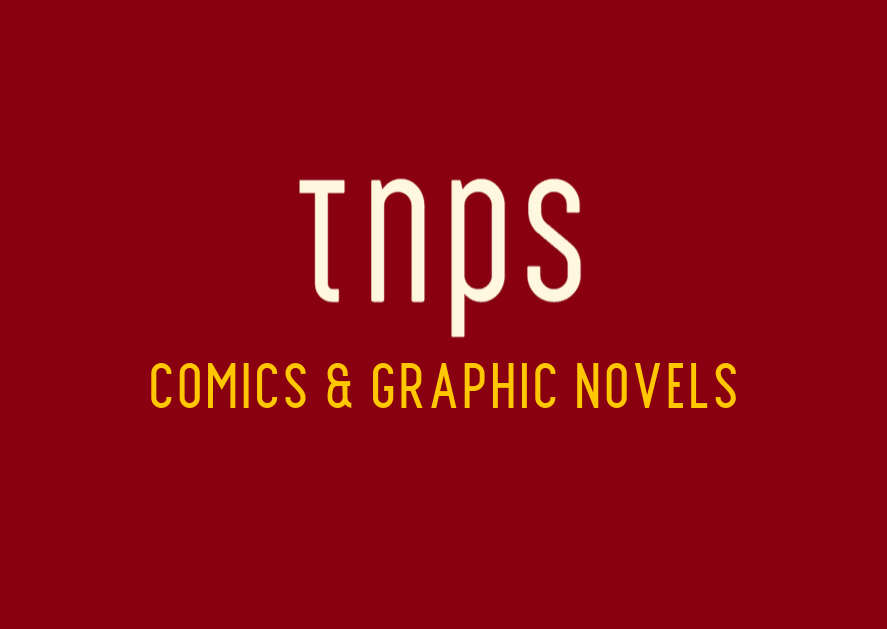British girls’ comics held a special fascination for me, and while the storylines all too often reflected twentieth century British class divisions, the art in many girls comics, and especially those from the DC Thomson camp, was a joy to behold.
France has long led the world when it comes to revering comics as an art form – something I remember having long debates about with my English and art teachers when at school back in nineteen bow and arrow.
In the UK, comics were “kids stuff”, and the detractors had a point. Most British comics were aimed at a very juvenile audience. But that did not, in my eyes, make them any less an art form, and somehow I managed to straddle both the UK and US comics scenes, somehow equally loving the latest edition of Spiderman or the latest The Beano or Bunty.
In fact, British girls’ comics held a special fascination for me, and while the storylines all too often reflected twentieth century British class divisions, the art in many girls comics, and especially those from the DC Thomson camp, was a joy to behold.
Sadly, while in the US comics artists and inkers and even letterers were widely credited and received the recognition they deserved, writers and artists of British comics mostly languished in unsung anonymity.
It’s been fifteen years since I last spent any time in the UK, but I doubt much has changed.
In France and Belgium on the other hand, comics are art. The ninth art, to be precise.
The Musée national d’art moderne, housed within the iconic Centre Pompidou, is renowned for its extensive collection of 20th and 21st-century art. This collection not only highlights the pivotal movements and figures of modern and contemporary art but also now prominently features comics, affirming their place in the museum’s narrative.
Recently, the museum has doubled-down on its embrace of the 9th art, showcasing a diverse range of comic movements and sub-genres across its vibrant, colourful floors.
This latest initiative includes works from renowned artists like Corto Maltese and Marion Fayolle, tracing 60 years of comic history.
The museum’s commitment to comics began in 2006 with the donation of a plate from “L’Affaire Tournesol” by the Hergé Foundation. This was further solidified by the addition of Robert Crumb’s drawings, thanks to Florence and Daniel Guerlain’s donation.
With the belief firmly underscored that comics are an integral part of contemporary cultural history, the Centre Pompidou has strengthened its ties with artists through exhibitions incorporating works from ten designers, including David B., Edmond Baudoin, and Catherine Meurisse.
Read more over at ActuaLitté courtesy of Louella Boulland.





